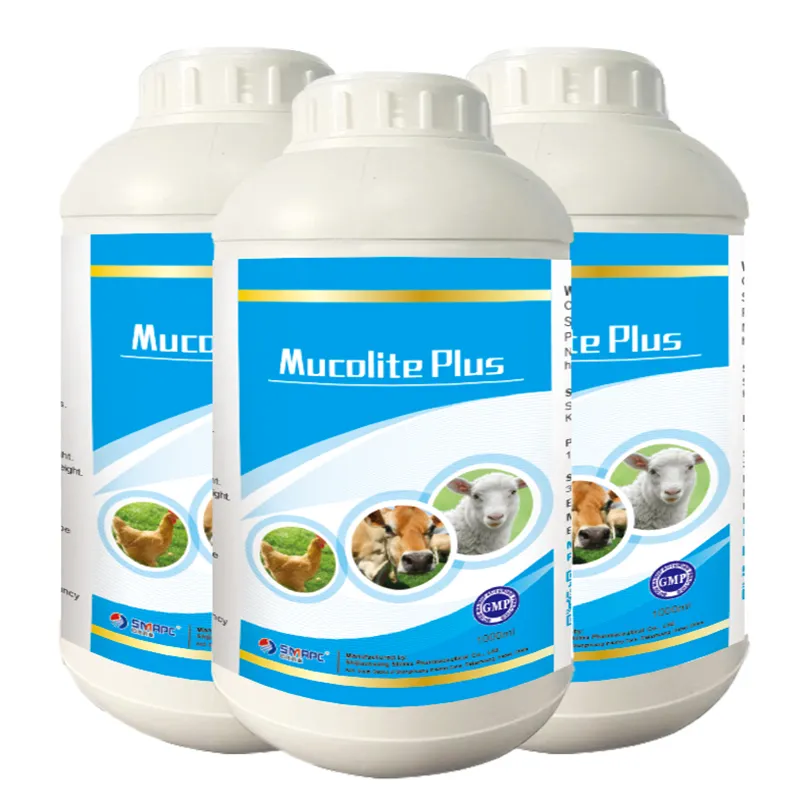While natural antihistamines can offer relief from allergy symptoms, it is important for horse owners to consult with a veterinarian before introducing any new supplements or remedies into their horse's regimen. Individual responses to these substances can vary, and a vet can provide guidance on the most effective approach based on the horse’s specific needs.

